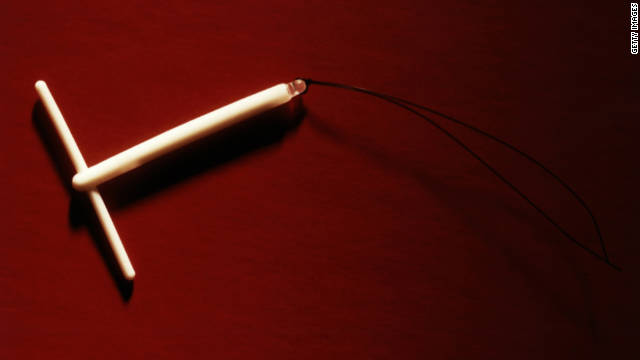 |
| A female Octopoteuthis deletron observed by researchers |
Male deep-sea squid will get it on with just about anything with tentacles.
A team of researchers at the Monterey Bay Aquarium Research Institute observed nearly 20 years of mating behavior of Octopoteuthis deletron, recorded on video by remote-controlled vehicles up to half a mile below the surface of the Pacific Ocean off the coast of California. Male squid were just as likely to try to mate with other males as with other females, the researchers found.
It's not the first time same-sex sex has been noted among squid and octopus species, but it's the first time it's been found to be equally as common as male-female sex, the researchers said.
Of the 108 squid the researchers caught on video, they could determine the sex of 39 individual squid: 19 females and 20 males, a roughly equal and representative split, the researchers said. Of these, there were nine males and 10 females that showed evidence of mating. So the scientists, led by Hendrik-Jan Hoving, figured that male squid were trying to mate equally with both males and females.
Reported the New York Times:
The way the squid mate is something else. Little is known about the details but it seems that the male ejaculates a packet of sperm at the mating partner, and the packet turns inside out, essentially shooting the sperm contained in a membrane into the flesh of the partner, where they stay embedded until the female (if the shooter has been lucky) is ready to fertilize its eggs. If males are the recipient of these rocket sperm, they are just stuck with them. It is the kind of mating that would make a good video game.
The embedded sperm are visible as white dots on the squids' bodies, which is how the researchers were able to determine which squid had been involved in attempts at breeding.
Wanton? Sure. But the male squid's same-sex mating behavior isn't evidence that it's gay, researchers said. More that it's lonely. Squid live alone in the deep, dark sea and have few encounters with other squid. It's advantageous for the species to mate indiscriminately: better to have quick sex with all comers, even if some are guys, than to miss out on any opportunity to reproduce.
"This behavior further exemplifies the 'live fast and die young' life strategy of many cephalopods," Hoving told ABC Science Online.
The study was published in Proceedings of the Royal Society: Biology Letters.
Read more: http://healthland.time.com/2011/09/22/bisexual-squid-not-exactly-%e2%80%94-just-lonely/#ixzz1Ygz3BhwC












